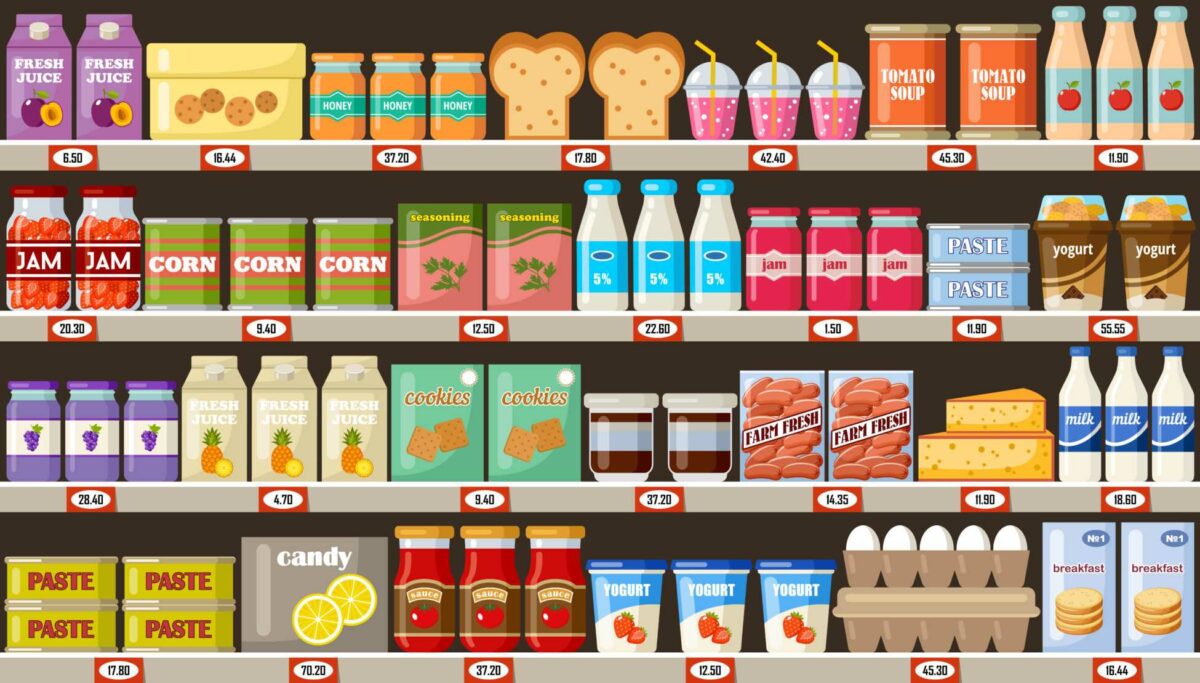Brand positioning in marketing is the process of shaping how a brand is perceived in the minds of consumers, relative to competitors. It defines the unique value a brand offers and how it sets itself apart in the marketplace. Effective brand positioning resonates emotionally with consumers, making the brand memorable, relevant, and trusted. Whether through pricing, quality, emotional appeal, or values, successful positioning helps a brand occupy a distinct space in the market that meets customer needs and creates loyalty.
Brand positioning, a concept introduced by Al Ries and Jack Trout, revolves around creating a clear, distinct image in the minds of consumers. They emphasize that positioning is not just about the product but also about crafting an emotional connection that sets a brand apart from competitors. However, many brands overcomplicate this process. As Mark Ritson stresses, simplicity is essential to maintaining clarity and effectiveness in positioning.
The goal is to deliver a compelling, straightforward message that resonates emotionally with consumers. Peter Drucker’s famous words, ‘The aim of marketing is to know and understand the customer,’ ring especially true here. Positioning isn’t just about what a brand does but how it emotionally connects with customers. Drucker emphasised that true brand success lies in how well it understands and meets consumer needs.
Brand positioning isn’t the same as brand strategy, though they are complementary. Strategy is more about data and analysis: who your customers are, where to reach them, and which competitors you’re up against. Positioning, on the other hand, is about how the brand comes to life in the hearts and minds of consumers. In short, strategy is analytical, while positioning is creative, designed to spark emotional resonance.
Localising Brand Positioning: Australian Examples
In Australia, brands like Vegemite, Qantas, and R.M. Williams have mastered positioning by forming strong emotional connections with their audience. Vegemite is more than a product, it’s a cultural icon, representing Australian identity. Similarly, Qantas, leverages national pride through consistent branding. R.M. Williams adds another dimension to this landscape by blending rugged outback heritage with high-end craftsmanship. Their boots symbolise both durability and style, appealing to rural Australians and urban professionals alike, embodying authentic Australian quality.
Brand Positioning for Small Businesses
For small businesses, brand positioning is particularly important because it allows them to compete with larger companies by focusing on their unique strengths. Unlike big corporations, small businesses can build personal, community-driven connections with their customers, making emotional engagement a powerful tool in their positioning efforts. Here’s how small businesses can effectively execute brand positioning:
- Define Your Unique Value Proposition (UVP): Small businesses need to clarify what makes them different from competitors. This could be through specialized products, exceptional customer service, or unique values such as sustainability or local sourcing. The UVP becomes the foundation of their brand positioning.
- Know Your Target Audience: It’s crucial for small businesses to understand their niche audience. By focusing on specific customer segments, they can tailor their messaging and offerings to resonate deeply with those consumers’ needs, emotions, and preferences.
- Simplify and Clarify Messaging: Like big brands, small businesses should keep their positioning simple and clear. Mark Ritson advocates for straightforward positioning that customers can easily understand and connect with. Avoid overcomplicating the message; instead, emphasize what the brand does best.
- Leverage Local Identity: Small businesses often have the advantage of being closely connected to their local community. Brands like Vegemite and R.M. Williams have successfully tapped into national identity. Similarly, small businesses can draw on local culture or community values to position themselves as integral to their customers’ lives.
- Personalized Customer Experiences: Unlike larger brands, small businesses can offer more personalized customer interactions, which builds trust and fosters loyalty. This personal touch can be a key differentiator in their positioning, signalling a more human connection with their audience.
- Consistency Across Channels: Whether through social media, a physical storefront, or a website, small businesses should consistently communicate their brand positioning. Consistency reinforces the brand’s identity and message, making it more recognizable and reliable in the eyes of the consumer.
- Adaptability: Small businesses have the flexibility to pivot quickly based on customer feedback and market changes. This adaptability allows them to refine their positioning over time, ensuring it stays relevant and resonant with their audience.
Small businesses can create strong brand positioning by emphasizing their uniqueness, simplifying their message, and forming emotional connections with customers. This approach not only helps them stand out in competitive markets but also builds lasting customer relationships. Effective positioning is more than just finding a market niche; it’s about balancing emotional appeal with strategic clarity, ensuring the brand resonates with consumers on both a rational and emotional level, ultimately leading to a distinct and memorable brand.





